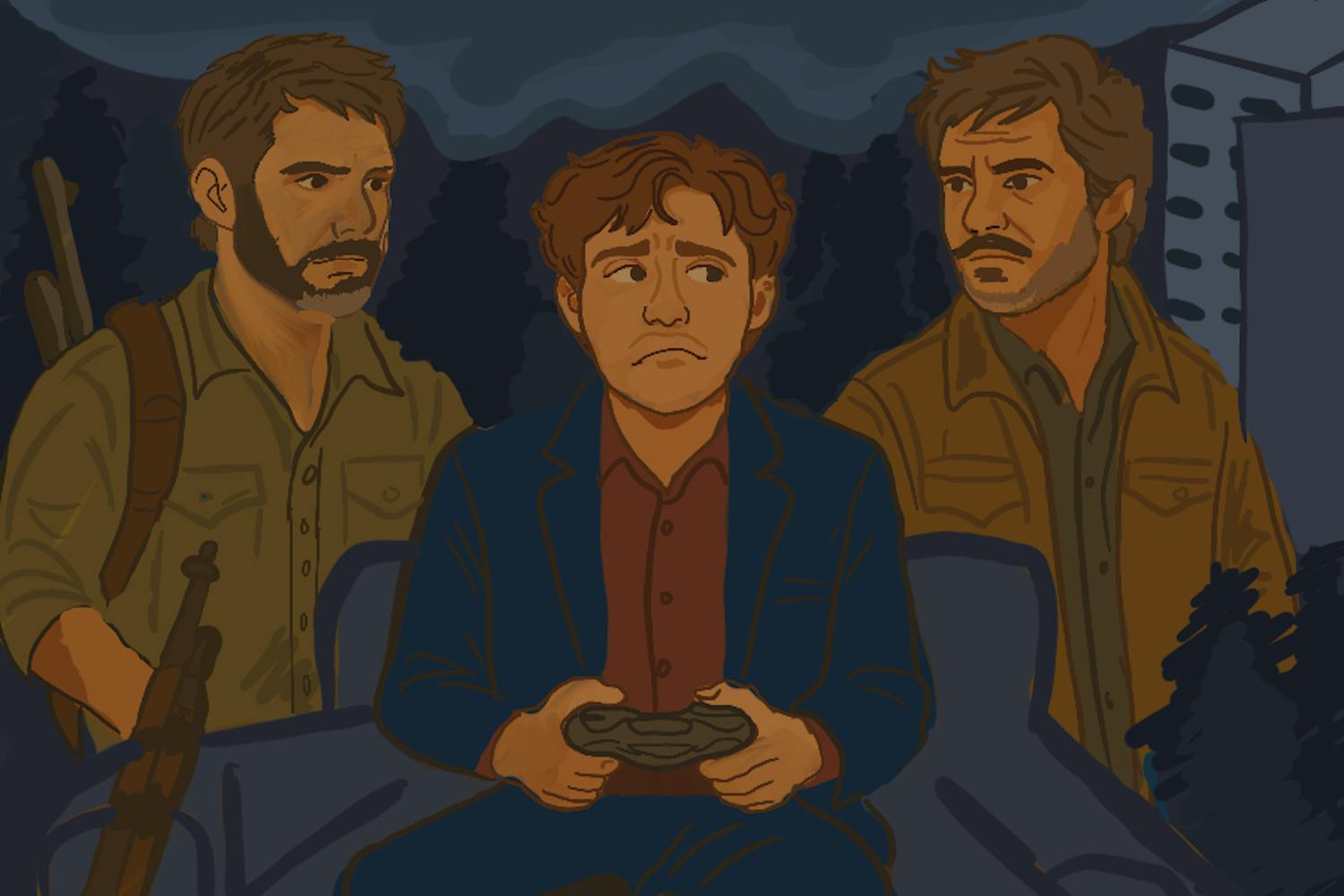Shot at various locations in Phoenix and Tempe, the independent thriller “Suspicion” plays Wednesday night at Harkins Valley Arts Theatre. Director and recent ASU graduate David Dilley sat down with The State Press to talk about capturing Arizona, the startling acting in the film and his favorite scenes to shoot.
The State Press: Many directors have applied their own artistic or aesthetic touches when filming in Arizona. Did you and the director of photography, Danny Grunes, take a different approach when filming?
David Dilley: Obviously, it’s a mafia film, but it’s a different kind of mafia film. Filming out in suburbia would not cut it because the setting tells a story itself. When I sat down with Danny, my cinematographer, I was like, “Danny, it has to be shot in an industrial sense, and there’s a lot of areas like that in Phoenix. So we should exploit those as much as we possibly can.”
I’m from Phoenix, and I just didn’t want it to be actors sitting in a box. So as much as we can make this movie more grand than it is, shoot it at Papago Park, shoot it in the light rail, shoot it at ASU. Anything that allows the setting to also tell a story. That’s what I wanted to do in terms of the aesthetic.
SP: Was there anything about Arizona that you wanted to capture on film?
DD: A lot of times, films will be shot in Phoenix, and they’ll try and make it look like New York or something. For “Suspicion,” I wanted to shoot Phoenix for Phoenix. So, you know that you’re in downtown Phoenix, you know that you’re on the light rail, you know you’re on ASU’s campus.
I didn’t just want it to be a movie where you have actors sitting in a box and talking. I wanted to show Phoenix.
SP: Did Brad Blaisdell (who plays Darrell) capture the essence of the character you initially wrote down on the page?
DD: Yeah, the scene he read was the scene where they’re in the diner, and you can tell with very little rehearsal he was already working on something special. He came down and read for it, and it was pretty frightening.
You can see it in the tape, and it was like, “If it’s this good right now, I wonder what it’s going to be like a couple weeks from now when he has real time to be like, "This is my role, I’m really going to try and make this unique.” When we finally got to the scene (in the diner), it was scary.
What I think about fear is if you’re sitting at the table like we are now and I just start screaming at you, that might work for all of two seconds, and you’re gonna turn it off.
What is truly frightening is, in my opinion, when you sit down across from somebody and you’re talking to them in a cool, collected manner, and that person has already figured you out. That person is letting you talk, that person is letting you finish, his retort is, “Okay, I heard what you said, but you’re not going to do this because I know what kind of person you are, and here’s why.”
SP: It was interesting to watch the diner scene because you feel you understand Darrell.
DD: Just like everybody else, I love going to the movies. My favorite kind of the characters aren’t characters. You’re watching this person, and you’re not watching that actor play a character, you’re watching that actor play a person.
When you watch movies like that, it makes that film that much more powerful. I think if you’re lucky enough to capture actors becoming real people on film, then people who watch the film will share that with you. That’s always my intention when it comes to the film. I would rather watch those films.
SP: Any shot or scene from the film you are most proud of?
DD: There’s a shot that occurs in Hayden Library, and it’s when four pre-law students are sitting around this table, and for the size of the budget that we had, that kind of shot was extremely difficult.
What I wanted to do I said, “I want the camera to be on each character as each character is talking as it is going around the table.” The steady cam operator is walking in a 360-degree circle around the table, and had to have the camera on the actors face at all times.
The timing had to be just right, and it’s one continuous shot. That’s technically the most difficult scene in the movie. It took a couple of takes and practice runs before that, and we got it. I was really happy with it.
Reach the reporter at tccoste1@asu.edu
Click here to subscribe to the daily State Press newsletter.



